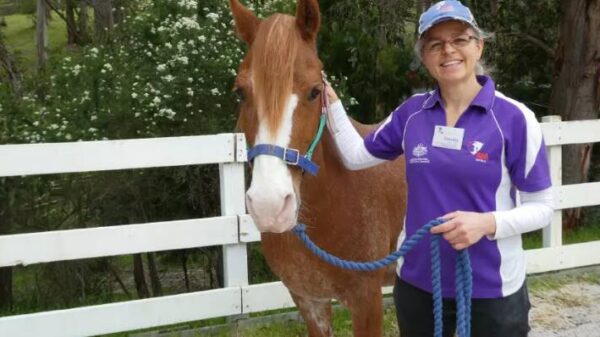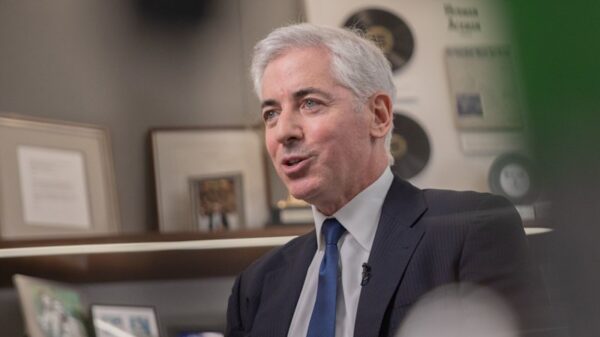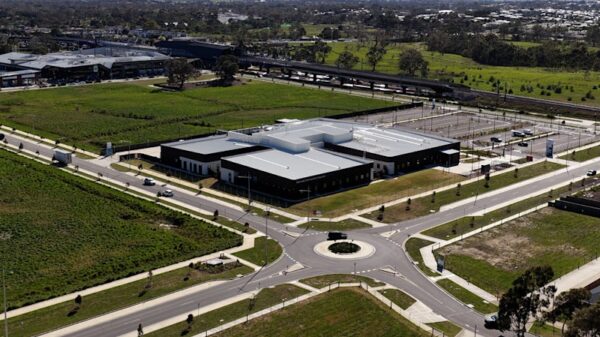Scientists from the University of Oxford have made intriguing discoveries about the origins of kissing, suggesting that early humans, including Neanderthals, may have engaged in this intimate behavior. Their findings, published in March 2024, explore the evolutionary significance of kissing and how it may have influenced social bonding among ancient populations.
The research indicates that kissing could have evolved as a means of communication and connection, rather than solely for romantic purposes. By examining fossilized remains and artifacts from various archaeological sites across Europe, the team uncovered evidence that suggests physical intimacy was vital for social cohesion among early human groups.
Understanding Kissing’s Role in Human History
Kissing is often viewed as a simple act of affection today, but its origins may be far more complex. The study highlights that both Neanderthals and modern humans likely engaged in lip-to-lip contact, a behavior that might have facilitated bonding and the exchange of important social information. According to Dr. Lucy Smith, a lead researcher on the project, “Kissing may have played a crucial role in forming relationships and alliances, which were essential for survival in harsh environments.”
The evidence points to various forms of physical intimacy, such as prolonged eye contact and close physical proximity, which have been observed in Neanderthal remains. This suggests a capacity for emotional expression and social interaction that parallels modern humans. The research challenges the traditional view that Neanderthals were solely brutish and unsophisticated.
Implications for Understanding Human Relationships
The implications of these findings extend beyond historical curiosity. Understanding the evolution of kissing can shed light on human relationships today. The act of kissing may have evolved as a mechanism for reinforcing bonds, enhancing trust, and facilitating cooperation within groups. As societies continue to evolve, the significance of physical touch remains relevant, influencing how individuals connect with one another.
This study opens new avenues for research into the social behaviors of early humans and their Neanderthal counterparts. By examining the nuances of physical intimacy, scientists can gain insights into how these interactions shaped the development of human societies. The research underscores the importance of interdisciplinary approaches, combining archaeology, anthropology, and psychology to explore the complexities of human evolution.
In summary, the findings from the University of Oxford suggest that kissing is not merely a modern phenomenon but rather a deeply rooted behavior that has played a vital role in human history. As researchers continue to unravel the mysteries of our ancestors, the act of kissing serves as a fascinating lens through which to view the evolution of social bonds and relationships.





























































